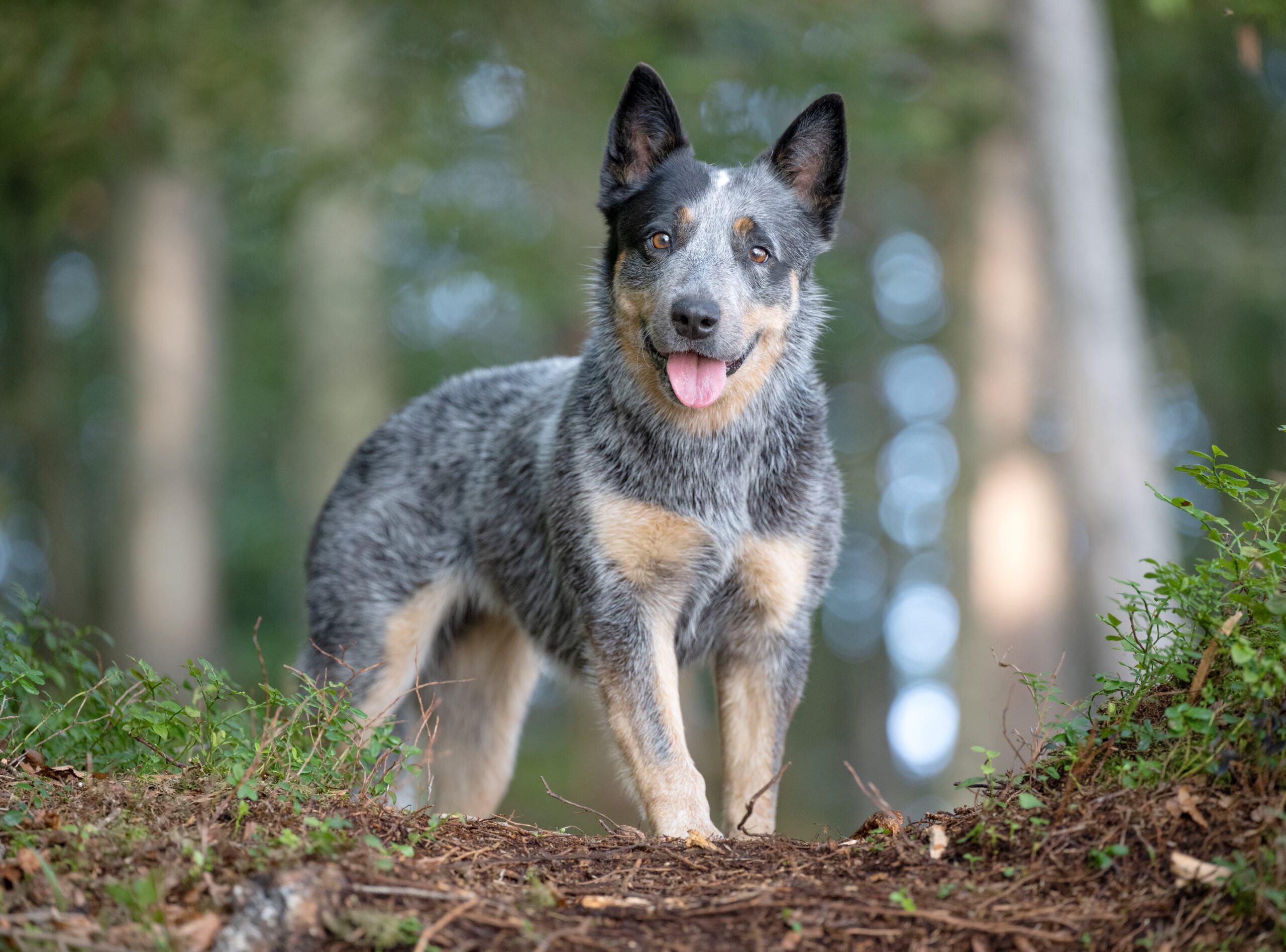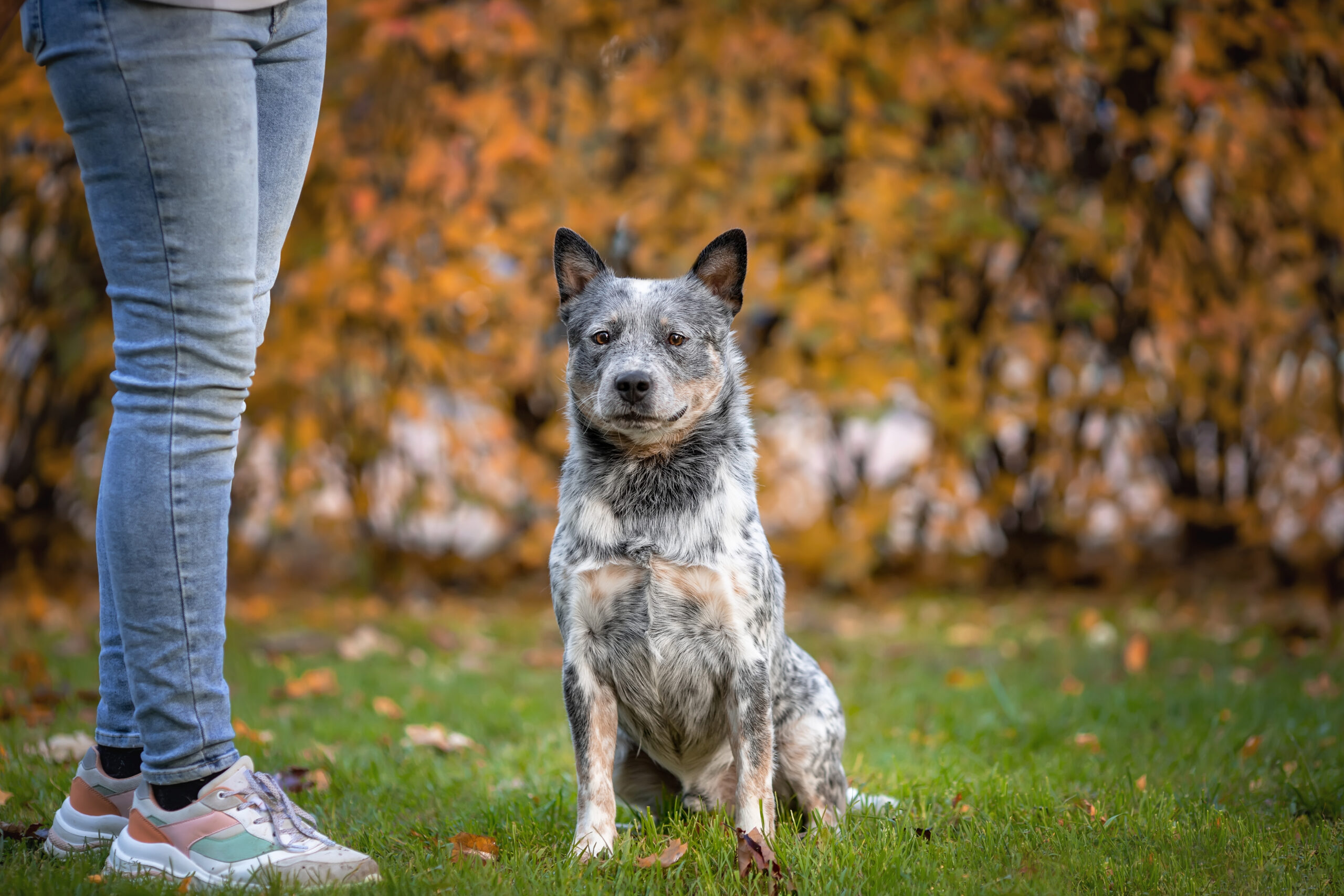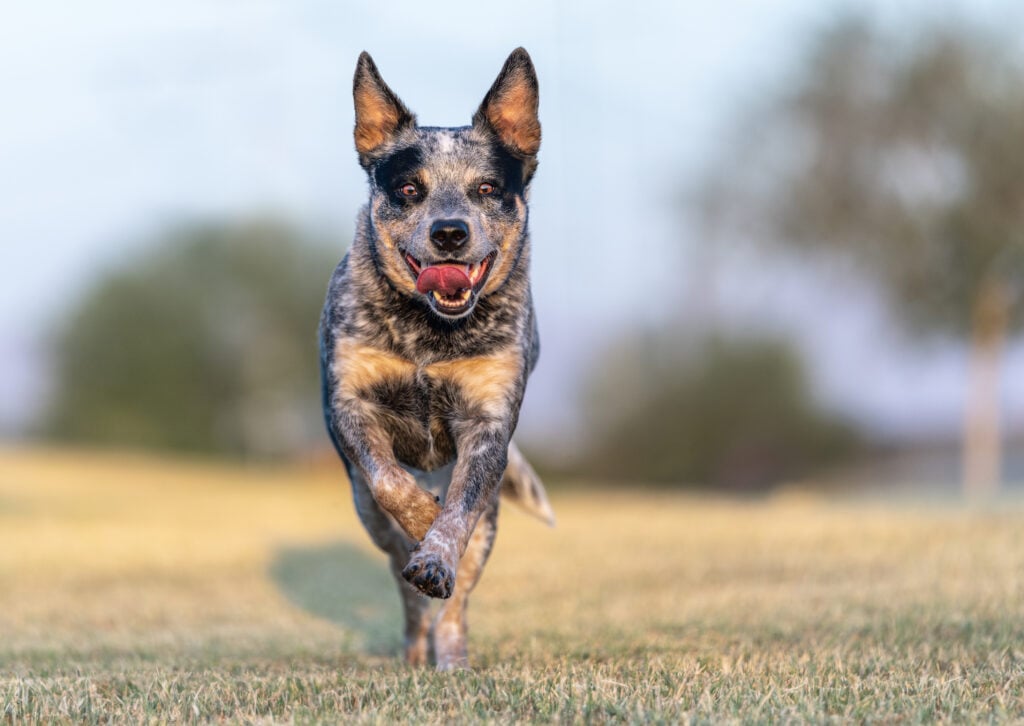If you’ve spent any time with young children (or even just scrolled through social media), chances are you’ve encountered the irresistible charm of “Bluey.” This beloved Australian animated series has not only captured hearts worldwide but has also shone a spotlight on a truly remarkable dog breed: the Blue Heeler. Suddenly, this intelligent and energetic canine is popping up in homes everywhere, and it’s easy to see why! But before you welcome a Blue Heeler into your family, let’s dive deeper into what makes this breed so special – beyond the animated adventures.
A Heritage Hardened by the Outback
The Blue Heeler, also known as the Australian Cattle Dog, boasts a fascinating history deeply intertwined with the rugged Australian outback. In the 19th century, as cattle farming expanded across vast distances, there was a need for a sturdy, intelligent, and tireless dog capable of herding unruly cattle over challenging terrain. Breeders crossed various breeds, including the Smithfield, Blue Merle Collie, Dalmatian, and even the wild Dingo, to create the resilient and capable dog we know today. Their tenacity and “heeling” style – nipping at the heels of cattle to move them – made them invaluable partners for stockmen. This working heritage has profoundly shaped their personality and needs.

More Than Just a Cartoon Character: The Blue Heeler Personality
While “Bluey” beautifully captures the breed’s intelligence, playfulness, and loyalty, it’s important to understand the full spectrum of their personality. Blue Heelers are incredibly smart and thrive on having a job to do. This makes them highly trainable but also means they can become bored and potentially destructive if not provided with enough mental and physical stimulation.
They are fiercely loyal to their families and can be very affectionate, often forming strong bonds with their human companions. However, their herding instincts can sometimes translate into nipping at heels – a behavior that requires consistent training and management, especially around young children. Early socialization is crucial to ensure they are well-adjusted and comfortable around strangers and other animals. They are also known for their courage and can be protective of their families and territory.
Fueling the Energy Machine: Nutritional Needs
Given their high energy levels, Blue Heelers require a diet that supports their active lifestyle. A high-quality dog food formulated for active breeds is generally recommended. It’s essential to choose a food with a good balance of protein, healthy fats, and carbohydrates. Because they are prone to overeating if given the chance, portion control and regular feeding schedules are crucial to prevent obesity. Consulting with your veterinarian can help determine the best food and portion sizes for your individual dog’s age, weight, and activity level.
Engaging the Busy Mind: The Importance of Toys
A bored Blue Heeler is a mischievous Blue Heeler! To keep their sharp minds and boundless energy occupied, a variety of stimulating toys is essential. Puzzle toys and interactive feeders are fantastic for mental enrichment, challenging them to problem-solve for a reward. Durable chew toys are a must to satisfy their natural urge to mouth and prevent them from turning to your furniture. Fetch toys and frisbees are perfect for channeling their physical energy during playtime. Rotating their toys regularly will help keep them interested and prevent boredom.

Powering Down for Recharge: Sleep Requirements
Despite their high energy levels, adequate rest is vital for a Blue Heeler’s physical and mental well-being. Adult dogs typically need around 12-14 hours of sleep per day, often including naps throughout the day and a longer stretch at night. Providing them with a comfortable and safe space to sleep, like a dog bed or crate, is important. Just like humans, insufficient sleep can lead to irritability and decreased cognitive function.
Maintaining the Outback Coat: Grooming Essentials
Blue Heelers have a short, double coat that is relatively low-maintenance compared to many other breeds. The outer coat is dense and water-resistant, while the undercoat provides insulation. Regular brushing, about once or twice a week, will help to remove loose hair and keep their coat healthy and shiny. During shedding seasons (typically spring and fall), you may need to brush them more frequently. Bathing is generally only necessary when they are visibly dirty or have a strong odor. Regular nail trimming, ear cleaning, and dental care are also essential components of their grooming routine.
Beyond “Bluey”: A Lifelong Companion
The surge in Blue Heeler popularity thanks to “Bluey” is understandable – their intelligence and spirited nature are truly captivating. However, it’s crucial to remember that owning a Blue Heeler is a significant commitment. They require an owner who can provide them with ample exercise, mental stimulation, consistent training, and plenty of love and attention. If you’re prepared to meet their needs, you’ll find yourself with a loyal, intelligent, and incredibly rewarding companion who will undoubtedly bring a unique brand of energetic joy to your life – perhaps even inspiring a few real-life adventures of your own!








